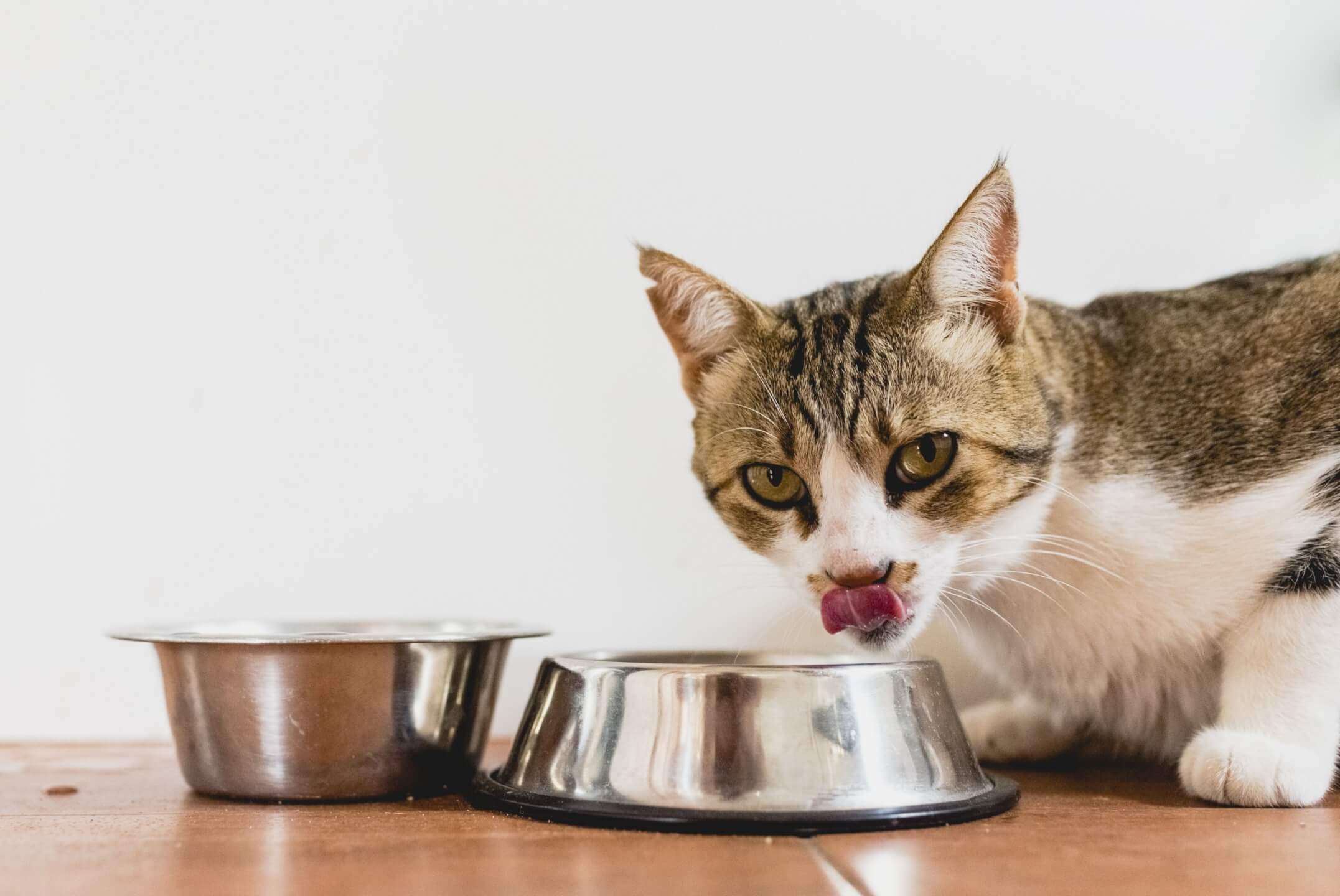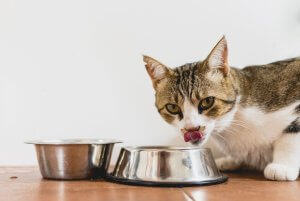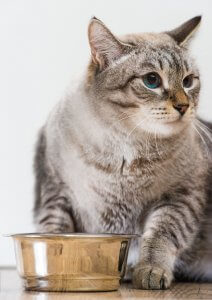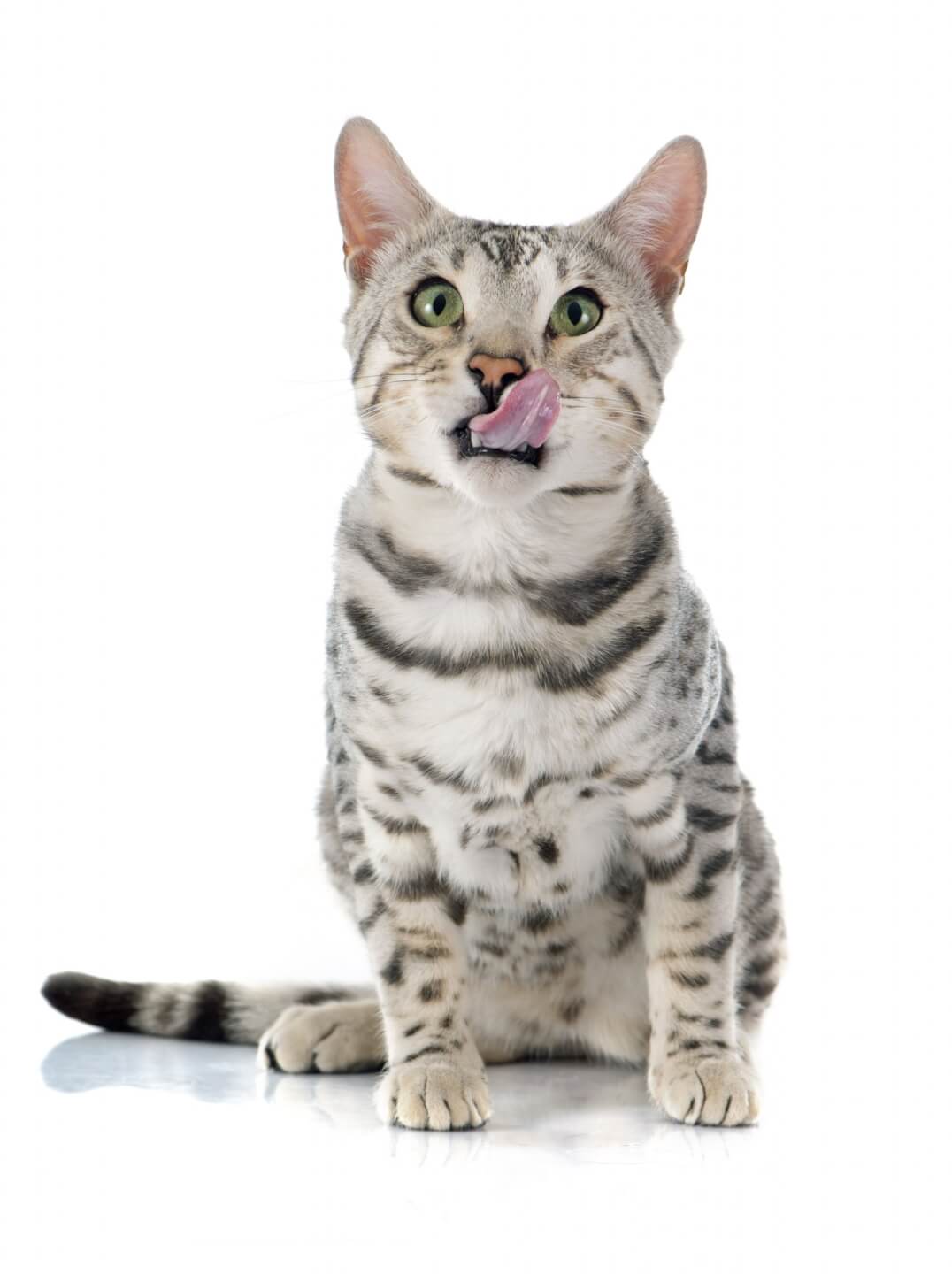
Cats can eat tuna, but you will probably be surprised that they should not be served in large quantities. Tuna should only be a sporadic variation on cat food. Although it contains large amounts of protein and healthy fats, it is weak in other elements necessary for a properly balanced cat diet.
Tuna for cats – is this a right choice?
Hard to say. Tuna is rich in protein, and cats need protein. It also contains a number of minerals and vitamins that are necessary for your cat’s diet but at the same time lack many critical nutritional values. In other words, tuna contains some right ingredients, but not enough.

What happens if my cat overeats tuna?
Initially, the cat’s diet did not include tuna, although it certainly can taste cats. In the early stages of evolution, they lived in deserts or in the jungle, where they inevitably ate fish and looked for sources of protein in other foods. Because of this, a cat that is fed too often with tuna may experience the following alarming symptoms:
Nutrient deficiencies
A tuna-based diet cannot provide the cat with all the values it needs to enjoy good health. Moreover, excessive consumption of tuna can help reduce the amount of B vitamins in its blood. This can lead to inflammation of the fatty tissue called fat yellow disease. It is a disease in which deposits of natural fat accumulated in the body begin to swell and then harden. Symptoms of the disease are fever, loss of appetite, excessive touch sensitivity and sometimes aggression.
Allergic reactions
Some cats are allergic to tuna, but this will not stop them from eating delicious fish. If you plan to include tuna in your cat’s diet, first give him a small portion to try and wait 10 minutes. When you see it starting to swell, or that irritation has appeared in or around the mouth, it will most likely mean an allergic reaction. There is no reason to worry. Just don’t give him more tuna, and everything will return to normal.
Mercury poisoning
Many fish contain trace amounts of mercury, while the level of this metal is quite high for tuna. Although in small amounts, mercury is harmless, its excess can have unpleasant symptoms such as chills, feelings of weakness, muscle atrophy, and fever.
Tuna addiction
It sounds unbelievable, but some cats develop tuna addiction. Its smell and taste become so attractive to them that they not only cannot resist it but also do not accept any other food!
How much tuna can my cat eat?
It depends on the cat. As a rule, fish should not constitute more than 10% of the food he consumes. Given that tuna in large quantities does not serve your cat, best serve him in moderation. You can spoil it from time to time with a delicacy in the form of a tuna snack, or you can add fish to its primary food, while a portion of tuna should never be a separate meal.
Can cats eat canned tuna?

Canned tuna will not hurt your cat, but make sure it is tuna in water, not in oil. Cats have very delicate stomachs, and a portion of greasy oil can harm them. Always read the label and try to buy packaging containing only 100% tuna. Many brands have artificial flavours that are not good for your cat. His consumption of some preservatives or other additives may even contribute to his hypothyroidism.
If you are already choosing tuna, the best choice will be fresh fish. When buying it at the fish shop, make sure it has been boned and contains no spices. Your cat’s stomach may react violently to excess salt, pepper or other additives. Of course, it’s best if you cook fresh tuna. Cats like raw foods more, but eating them increases the risk of food poisoning or infection with a parasite.
What about other fish?
Most cats will taste every fish, some like them so much that they can eat vast amounts of them. However, regardless of whether it is a portion of tuna, mackerel, cod or any other fish, it should be just a snack, a treat served from time to time, and not the basis of a cat diet. Remember the 10% rule. The remaining 90% should be high-quality protein-rich food.






